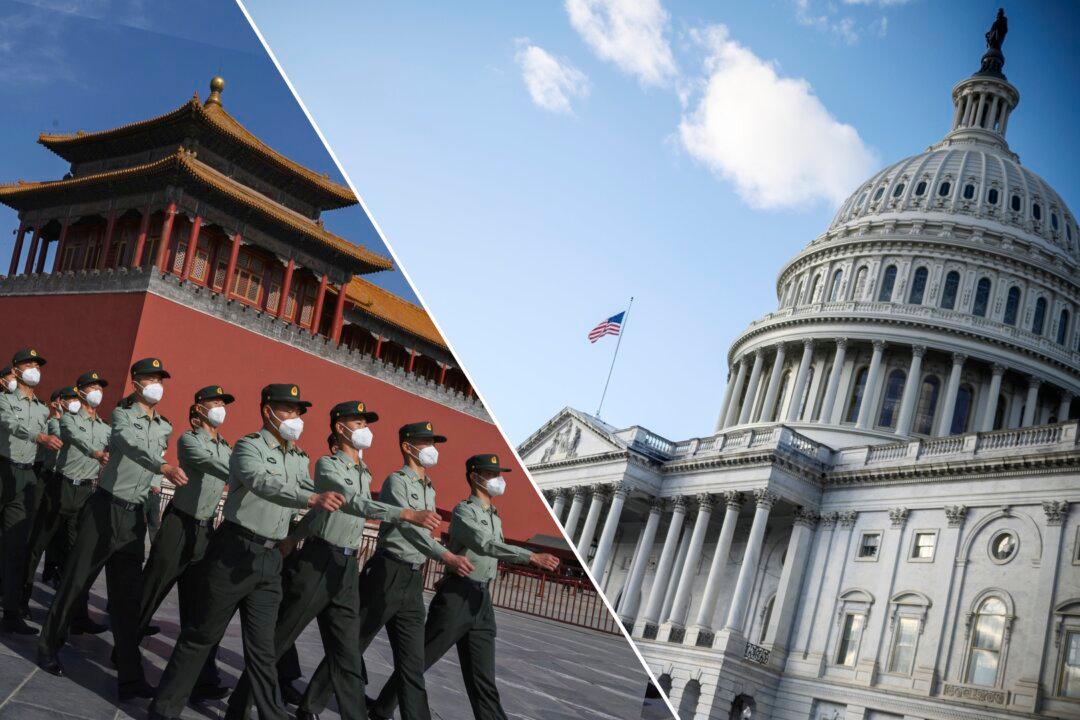Commentary
Americans and many others have rightly been wary of the Chinese Communist Party’s (CCP) intentions for many decades. Chinese communism and Western-style liberal democracy mix together about as well as oil and water do.

Americans and many others have rightly been wary of the Chinese Communist Party’s (CCP) intentions for many decades. Chinese communism and Western-style liberal democracy mix together about as well as oil and water do.